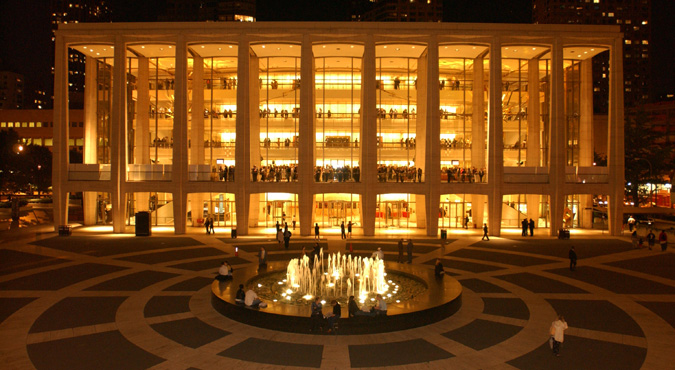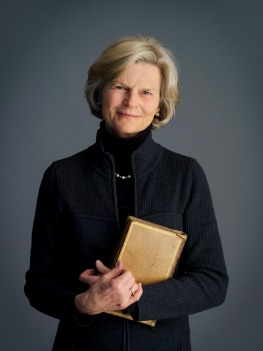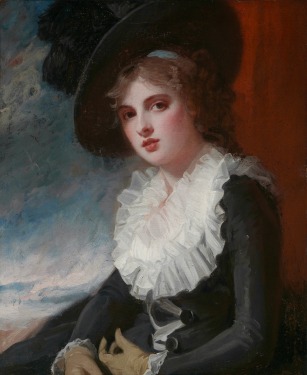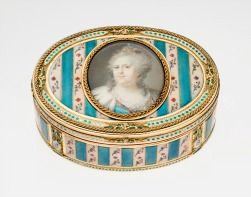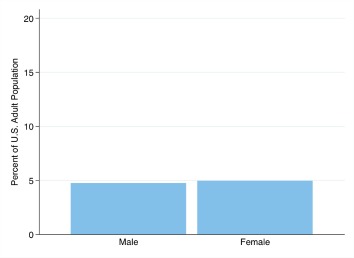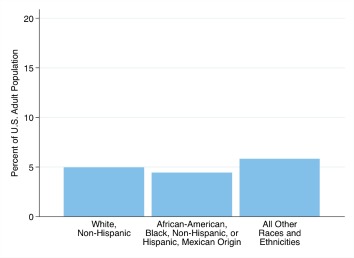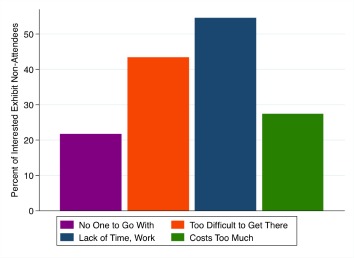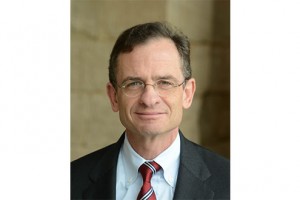 The Met’s board of trustees this afternoon anointed Daniel H. Weiss, who is 57, as president, succeeding Emily K. Rafferty, who is retiring as of Mar. 31.
The Met’s board of trustees this afternoon anointed Daniel H. Weiss, who is 57, as president, succeeding Emily K. Rafferty, who is retiring as of Mar. 31.
He has a tough act to follow, and he will undoubtedly bring different skills to the job. For one thing, he is an “accomplished art historian” who is currently president of Haverford College. That will change the dynamic between the president and the director, Thomas P. Campbell. Rafferty always assiduously avoided commenting on matters about art–even though she spent some 40 years at the museum, 10 as president.
Here’s a brief bio of Weiss, taken from the press release:
Daniel H. Weiss, who was born in Newark, N.J., and raised on Long Island, earned his B.A. in psychology with a concentration in art history at George Washington University in 1979; his M.A. with concentrations in Medieval and Modern Art from Johns Hopkins University in 1982; his M.B.A. from the Yale School of Management in 1985; and in 1992 his Ph.D. from Hopkins, with concentrations in Western Medieval and Byzantine Art and a minor in Classical Greek Art and Architecture.
He began his career as museum shops manager at the John F. Kennedy Center for the Performing Arts in Washington, and later served as an associate, then a senior associate, at Booz, Allen & Hamilton in New York.
After earning his Ph.D., Dr. Weiss became an assistant professor of art history at Johns Hopkins’ Zanvyl Krieger School of Arts and Sciences, rising over a decade-long academic career there to associate professor (1996), full professor (1999), chair of the History of Art Department (1998-2001), and Dean of the Faculty (2001-2002). From 2002-2005 Dr. Weiss was James B. Knapp Dean of the Krieger School of Arts and Sciences, overseeing 2,700 undergraduates, 1,500 graduate students, and 300 faculty in 23 departments.
From 2005-2013 Dr. Weiss served as President and Professor of Art History at Lafayette College in Easton, Pennsylvania…Â In 2013, Dr. Weiss became president of Haverford…
Weiss has published on art and he is on the board of the Kress Foundation, among others.
While I doubt that Weiss can match the connections and relationships that Rafferty had–which were incredibly important to the museum–Weiss brings academic credentials that may, just maybe, reinforce the need to focus on the art. That’s been a bit lacking lately at the Met under Campbell.
Photo Credit: Courtesy of the Met
*I consult to a foundation that supports the Met.


